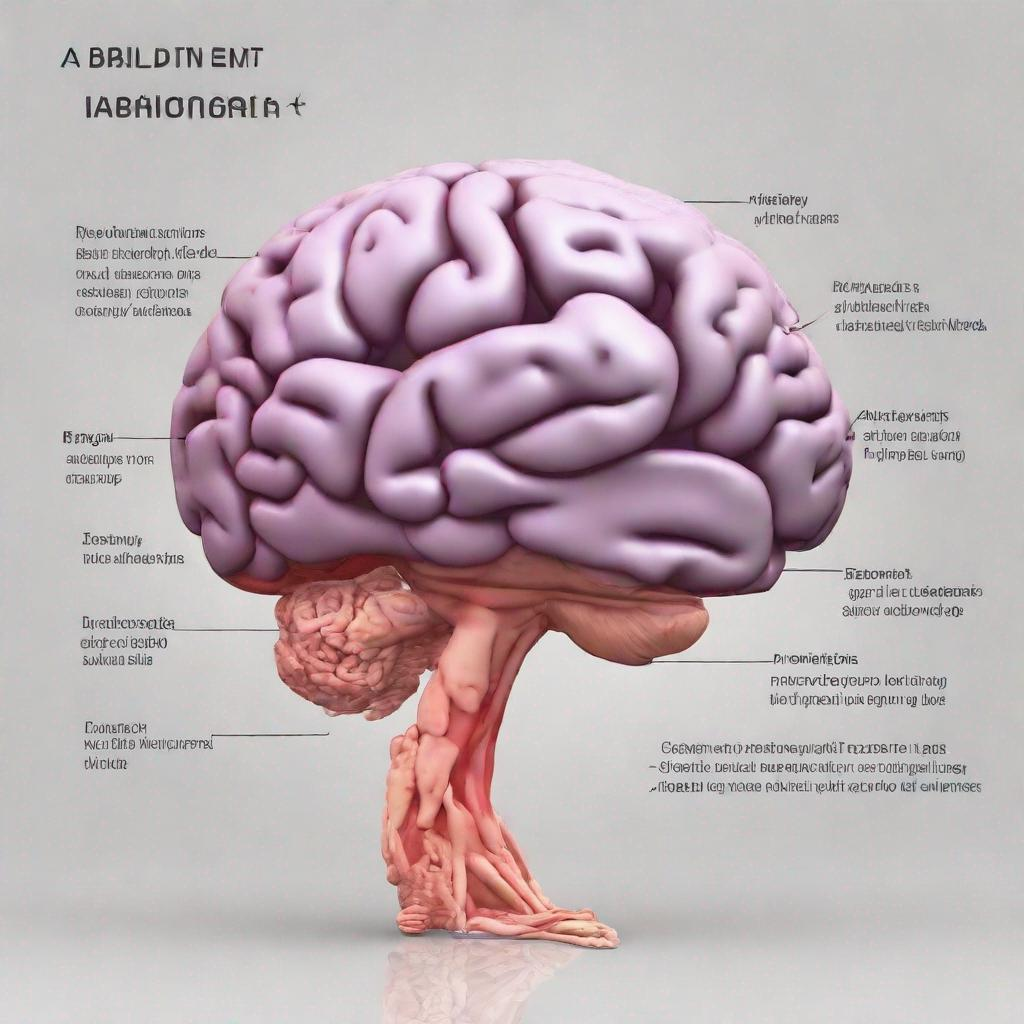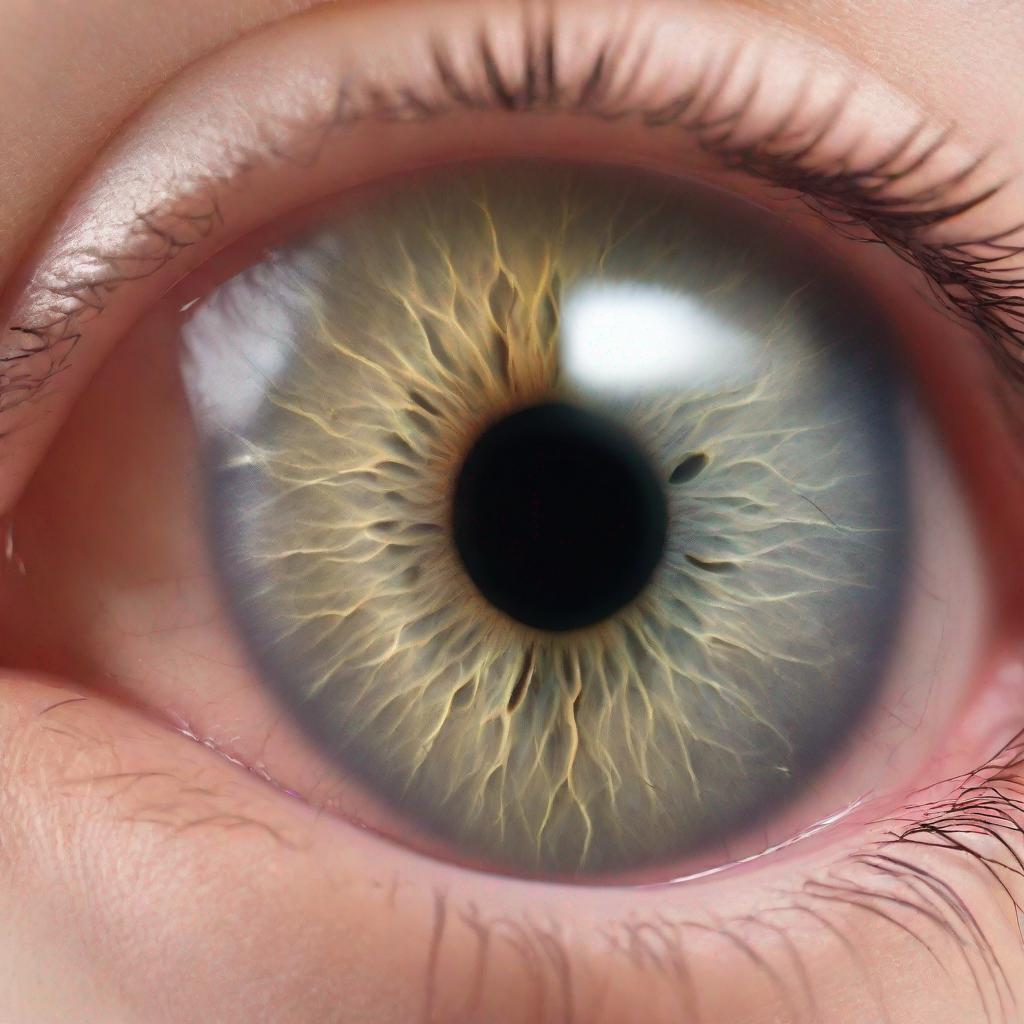## CHEM TEST 10: A Comprehensive Health Assessment
### Introduction
The CHEM TEST 10, also known as Chemistry Panel 10, Comprehensive Metabolic Panel 10, 10-Panel Blood Test, or Basic Metabolic Panel 10, is a diagnostic tool used to evaluate a wide range of health aspects. It provides insights into the function of organs such as kidneys, liver, thyroid gland, and muscles.
### Test Overview
The CHEM TEST 10 analyzes blood samples for substances like glucose, urea nitrogen, creatinine, electrolytes (sodium, potassium, chloride, bicarbonate), calcium, phosphorus, and magnesium, which play crucial roles in fluid balance, electrolyte balance, acid-base balance, and nutrient levels.
### Conditions and Diseases Detected
The test can help diagnose or assess conditions like:
– Diabetes (high glucose levels)
– Kidney disease (elevated urea nitrogen, creatinine)
– Liver disease (elevated liver enzymes, bilirubin)
– Thyroid disease (abnormal thyroid hormones)
– Electrolyte imbalances (e.g., hyponatremia, hyperkalemia)
– Acid-base imbalances (e.g., acidosis, alkalosis)
– Nutritional deficiencies (e.g., hypocalcemia, hypophosphatemia)
### Preparation Guidelines
– Fast for 8-12 hours before the test.
– Avoid alcohol consumption for 24 hours prior.
– Inform your healthcare provider about medications or supplements you are taking.
### Procedure
The test involves drawing a small amount of blood from a vein in your arm. It is generally safe and quick.
### Duration and Waiting Time
The test takes a few hours, but result waiting time may vary. Typically, results are available within a few days.
### Additional Tests
Your healthcare provider may recommend additional tests for a more comprehensive assessment, such as:
– Complete blood count (CBC) to evaluate blood cell counts.
– Lipid panel to assess cholesterol and triglyceride levels.
– Vitamin B12 and folate tests to assess nutritional status.
### Conclusion
The CHEM TEST 10 provides valuable information about your overall health, identifying potential health issues, monitoring conditions, and assessing treatment effectiveness. Discuss with your healthcare provider if the test is right for you if you have symptoms such as fatigue, weakness, nausea, vomiting, thirst, frequent urination, weight loss, abdominal pain, or jaundice.




